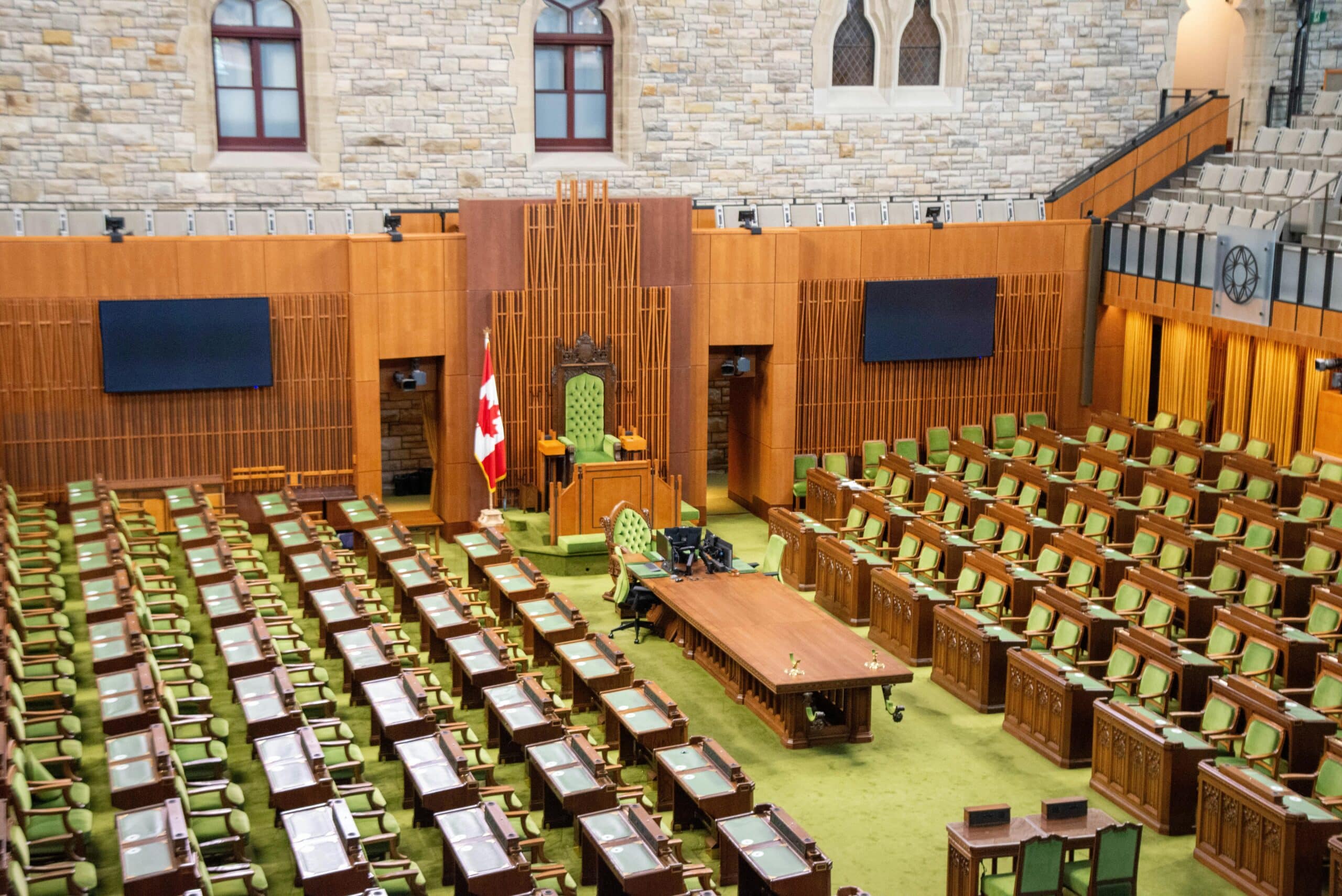If you feel like your understanding of the Canadian cannabis market changes with the wind, you’re not alone.
One year after cannabis was legalized in Canada, the regulations have changed a number of times. Particularly in Ontario, the retail strategy seems to be a moving target for producers, who are now facing an issue of over-supply.
Cannabis Benchmarks[1] recently released figures on the sales of legal Cannabis in Canada. They found that Licensed Producers (LPs) have sold approximately $1.1 billion of product in its first legal year, equivalent to 105,000 kilograms. And while that does seem like a lot of pot (it is after all enough to fill nearly two train cars), experts believe that the numbers would be significantly higher if it weren’t for the growth impediments the industry faced in its nascent year. The amount of legal cannabis that Canadians consumed in 2019 is actually just 11.4% of the total amount our country is thought to consume annually.
In order to develop a successful cannabis strategy for the Canadian market, it’s important to understand the challenges LPs face in licensing, retail, and compliance. Let’s take a look:
Compliance
Given how new the cannabis industry is, it’s not surprising that regulations continually evolve. But this has presented very real challenges for LPs who are trying to keep up and align with the rules. As we’ve discussed in a previous blog post, the Canadian industry has been increasing the stringency with which they uphold regulations, resulting in suspended licenses for some of the country’s biggest brands.
Health Canada’s extensive list of packing compliance rules (including that they be child-resistant and tamper-free, contain warning labels, and do not appeal to minors) have added an extra backlog to the packing process. As LPs design, manufacture, and await delivery of these supplies, raw cannabis has been reported to be sitting idle[2] in their facilities.
Profitability
2019 saw a number of executive shakeups in the Cannabis industry. As we’ve discussed in an earlier blog post, Canopy Growth Corp’s ousting of CEO Bruce Linton was a high profile example of the shifts taking place in the cannabis industry and the demand for management to focus on profitability.
Uncompetitive pricing has been another impediment to sales, a factor that may be fueling the continued strength of the black market. LPs have begun to lower prices; the most notable of which is Hexo Corp.[3], whose new product line “Original Stash” is listed at roughly half the price of the current average per gram. LPs have also begun suspending or selling real estate in order to generate cash, as the market has seen a slowdown in financing. Hexo, for example, recently announced that they were shutting down their Niagara greenhouse and suspending 200,000 square feet of licensed cultivation space.
Over-supply
Unfinished inventory is defined by Health Canada as cannabis that is being held in stock, but is not packaged, labeled and ready for sale. Since January 2019, this amount has tripled- from 118,000 to 328,000 kilograms. This means that the total inventory tracked by Health Canada is almost 30 times average legal monthly sales.
The massive increase in cultivation space, packaging bottlenecks, and limited retail options are all contributing factors to the staggering amount of current unfinished inventory.
License review
Prior to legalization, the queue for obtaining a license to cultivate and sell cannabis in Canada was already long. Post-legalization changes to legislation have sent many applicants back to the drawing board, prolonging their wait times even further.
For example, as we discussed in one of our earlier blog posts, the necessity for LPs to have a fully functional cultivation facility prior to obtaining a license is a new mandate that has been met with sufficient criticism. Smaller cannabis ventures will need to take on greater risk in order to even reach the stage of license application- a move that many say is favouring larger commercial growers.
As of January 20191, Health Canada had received over 800 cultivation, processing, and sales licence applications. On average, these applications have been taking typically a minimum of at least 6 months or sometimes up to years to reach completion
Retail challenges
Given that retail regulations have been left up to provincial jurisdiction, some provinces have experienced greater success than others. In Ontario, the Ontario Cannabis Store has been the only online store thus far, and the initial lottery for retail locations provided the province with only 25 stores for a population of 14 million. Compare this to Alberta, which has 300 retail locations and a population of 4.3 million, and it’s easy to see how Ontario’s market has experienced less success than anticipated.
Ontario’s lottery system has faced criticism for being botched to favour larger players as well. Per winning player, the average number of entries was 24, with one winner having entered 173 times.
Moving forward, the Ontario government has recently announced[4] that private cannabis retailers will be allowed to sell their products online or by phone for in-store pickup. The stated intention has been to reduce wait times for consumers, and increase the availability of customers’ preferred method of purchase.
In addition, one of the main complaints from cannabis users, is not being able to see the product they are purchasing to judge the quality of the bud, in the current retail landscape. Thus, many active cannabis users, still turn to the black market to purchase their cannabis.
A fast-paced industry
Like most nascent markets, the cannabis industry is evolving at breakneck speeds. New entrants into the product sphere such as edibles will surely shake up the game for existing players, as well as enhance the performance of new companies yet to be brought to market. However, we anticipate new cannabis industry entrants will still face an uphill battle, with compliance, marketing, retail structures, and profitability.
The team at Zeifmans is dedicated to staying on top of the latest cannabis news, presenting our clients with the information they need to succeed. Whatever the future holds, our global expertise in the cannabis industry extends beyond our own borders to enable us to develop innovative strategic plans that produce results that last.
To learn more about how Zeifmans can help you navigate the future of the Canadian cannabis industry, contact us today.
[1] Consumer Choice Center, “$1.1 billion worth of Cannabis sold in Canada’s first year of legalization”, https://consumerchoicecenter.org/1-1-billion-worth-of-cannabis-sold-in-canadas-first-year-of-legalization/
[2] The Motley Fool, “Health Canada is tackling the Marijuana shortage with this game-changing move”, https://www.fool.com/investing/2019/05/11/health-canada-is-tackling-the-marijuana-shortage-w.aspx
[3] Financial Post, “Too much weed: Canadian Cannabis producers are sitting on a mountain of inventory, and it’s making some industry watchers nervous”, https://business.financialpost.com/cannabis/too-much-weed-canadian-cannabis-producers-are-sitting-on-a-mountain-of-inventory-and-its-making-some-industry-watchers-nervous
[4] Financial Post, “Ontario is giving Cannabis retailers an online sales entry point with click-and-collect plan”, https://business.financialpost.com/cannabis/ontario-is-giving-cannabis-retailers-an-online-sales-entry-point-with-click-and-collect-plan



